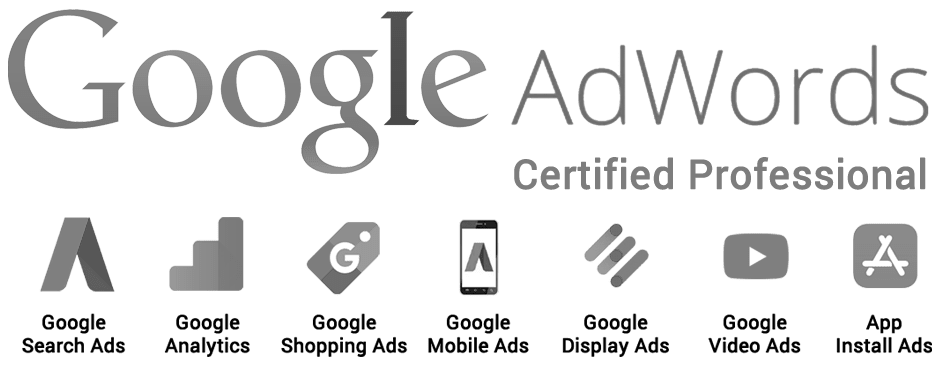Meta tags are snippets of HTML code that provide information about a webpage to search engines and website visitors. There are several types of meta tags, each serving a different purpose.
Title Tag: The title tag is a critical meta tag that appears at the top of a webpage and is displayed in search engine results pages (SERPs). It provides a brief and accurate description of the content on the page and should include relevant keywords to help with SEO.
Description Tag: The description tag is also displayed in SERPs and provides a more detailed summary of the content on the page. It should be concise, informative, and include relevant keywords to entice users to click through to your website.
Keyword Tag: The keyword tag was once an important meta tag for SEO, but it has become less relevant in recent years. It is used to indicate the main keywords or phrases that are relevant to the content on the page. However, search engines have become more sophisticated and can now understand the context of content on a page without relying on keyword tags.
Robots Tag: The robots tag is used to give search engine crawlers instructions on how to index and rank a webpage. It can be used to tell search engines to follow or nofollow links, index or noindex pages, and more.
Canonical Tag: The canonical tag is used to prevent duplicate content issues by indicating the preferred URL for a webpage. It can be used to consolidate different versions of a webpage into a single URL, which can help with SEO.
Open Graph Tags: Open Graph tags are used to provide information about a webpage when it is shared on social media platforms like Facebook and Twitter. They can be used to control the title, description, and image that is displayed when a webpage is shared, helping to increase engagement and click-through rates.
Meta tags are an essential component of on-page SEO and can help improve the visibility and click-through rates of your webpages in search engine results and social media platforms.
